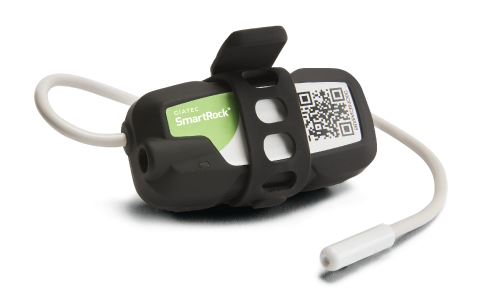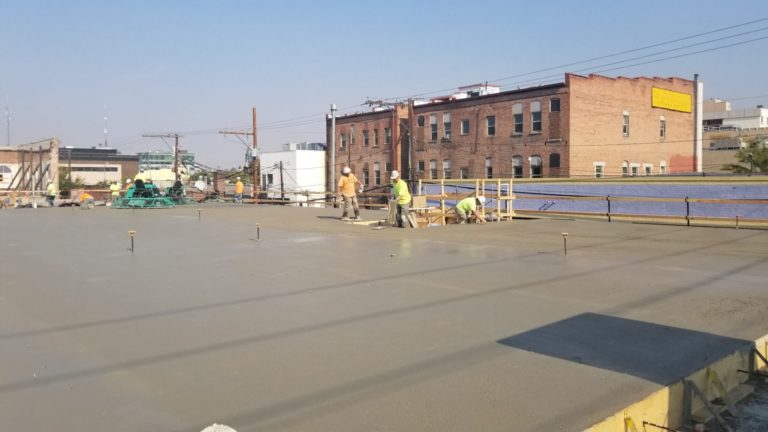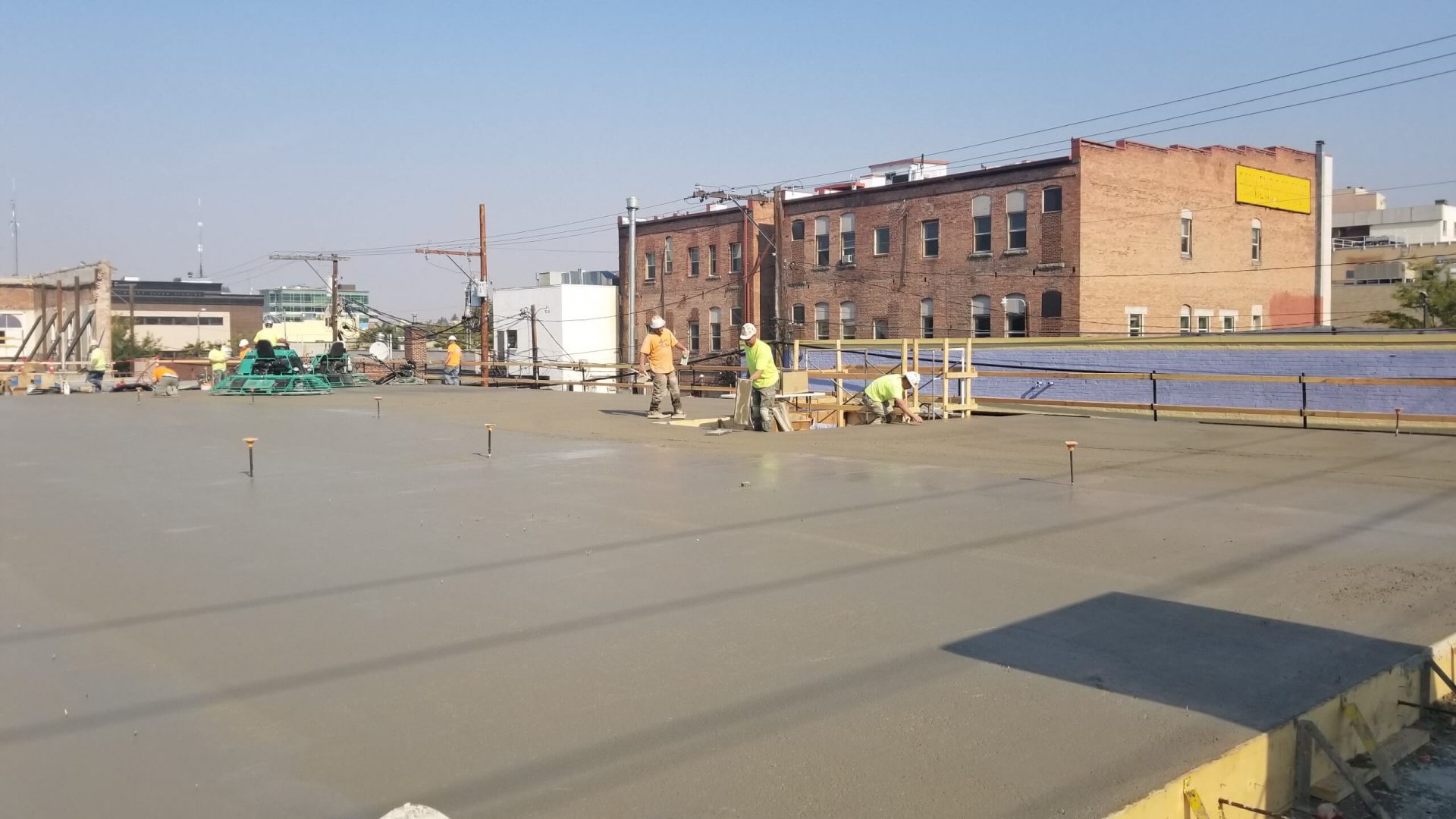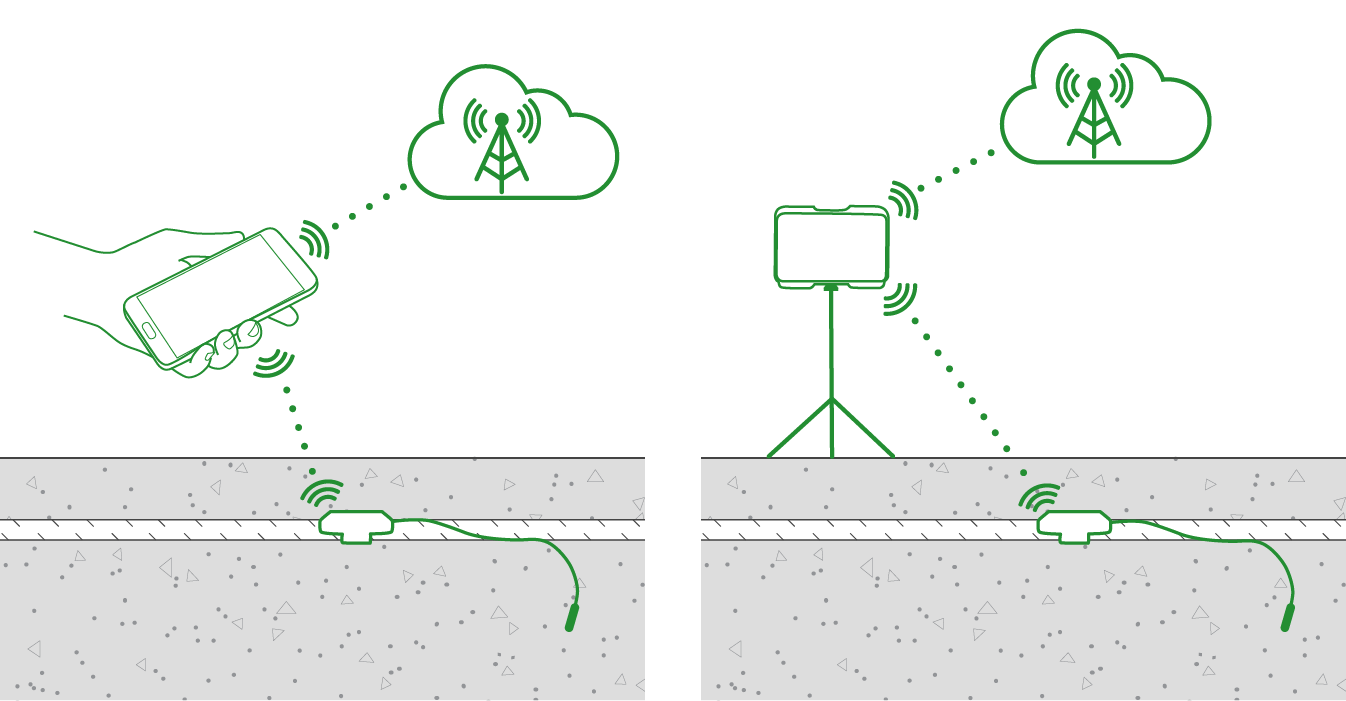Concrete is one of the most widely used materials in construction, and its early-age strength, the period between 1 and 28 days post-placement, is crucial to ensuring long-term durability. Testing this strength allows engineers to track structural integrity and prevent issues like thermal stress or freeze-thaw damage. One of the most reliable methods for early-age strength evaluation is the maturity method, which uses temperature data to estimate strength growth. Giatec’s SmartRock® sensors make this process seamless by providing real-time strength data, empowering teams to make timely, informed decisions.
Explore 12 Futuristic Technology Trends Solving Concrete's Biggest Challenges.
Why Early-Age Strength Matters
Evaluating concrete during the early stages of curing helps ensure that the structure gains the strength necessary for safe performance. Monitoring and adjusting the curing process can prevent potential structural failures caused by improper temperature variations.
Maturity Method: The Superior Testing Approach
The maturity method stands out for its low variability and high reliability. Studies have shown it provides accurate strength estimates compared to traditional methods. Giatec’s SmartRock technology, with wireless, embedded sensors, simplifies the collection of real-time data, enabling quick adjustments that optimize concrete curing and avoid costly delays.
Giatec continues to lead the industry by offering advanced solutions that meet the needs of modern construction projects, driving efficiency and safety across the board.











